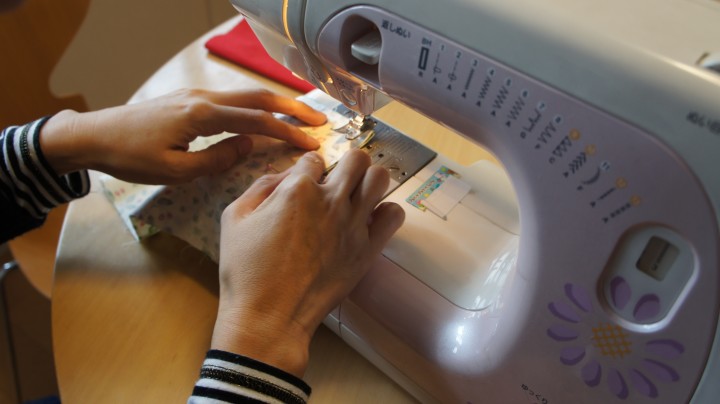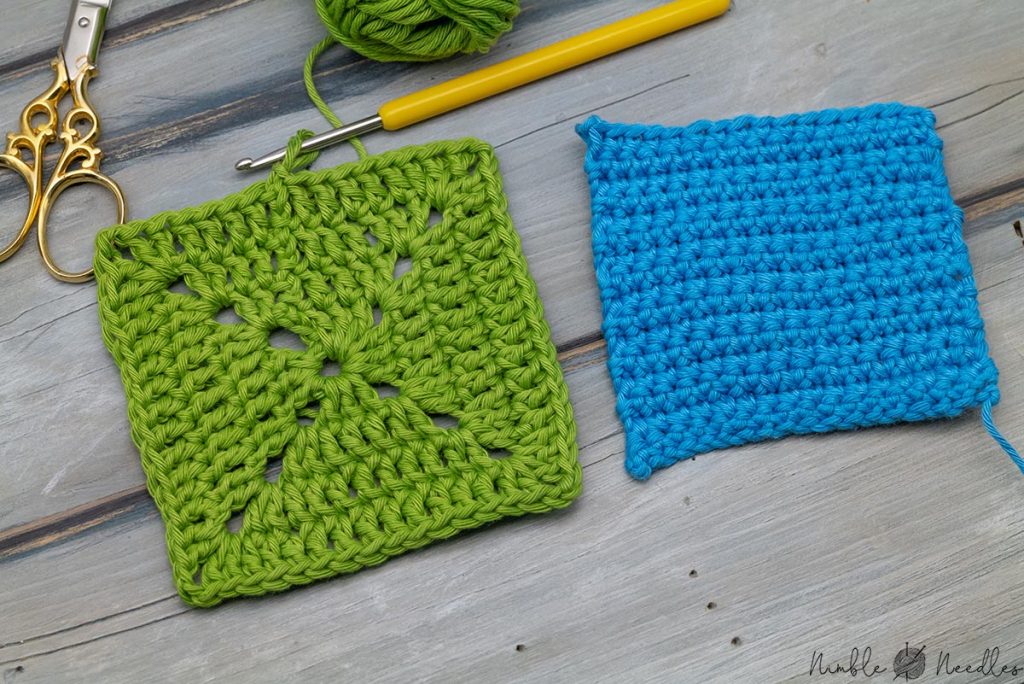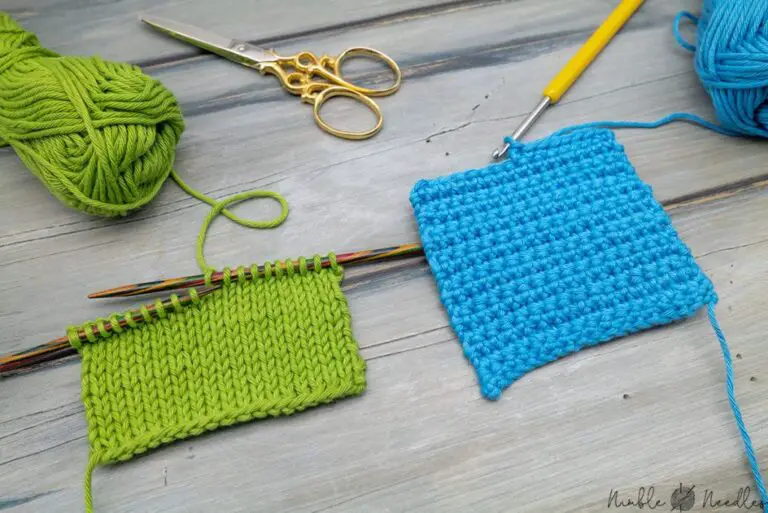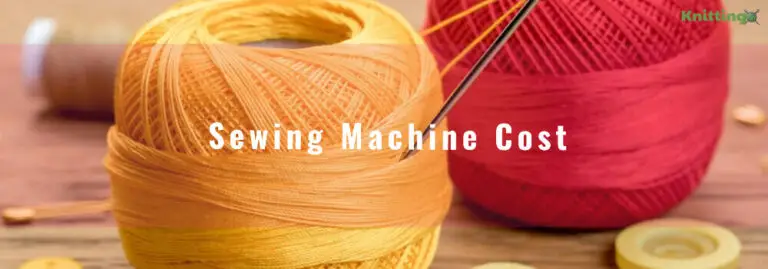Sewing and knitting are both popular crafts that involve fabric and thread. Sewing is more technical, requiring patterns and a sewing machine. Knitting is simpler, involving basic stitches and just yarn and needles. Ultimately, the choice depends on personal preference and what type of items you want to create.
Differences between Sewing and Knitting
| Sewing | Knitting |
| More technical, requiring patterns and a sewing machine | Simpler, involving basic stitches and just yarn and needles |
| Uses woven or knit fabrics | Uses various fibers like wool, cotton, and acrylic |
| Can make clothes, accessories, home decor, and quilts | Often used for cozy scarves, hats, blankets, and small items |
| Requires cutting and shaping of the fabric | Involves shaping and sizing of stitches |
| Can be relatively expensive with high-end equipment or materials | Can be relatively affordable, but may become expensive with high-end equipment or materials |
| May require more space to set up and work | Can be done anywhere with just a few materials |
| More suitable for structured and fitted items | More suitable for stretchy and cozy items |
What is Sewing?
Sewing is a craft that involves joining pieces of fabric together using a needle and thread. It can be done by hand or with a sewing machine. Sewing is used to create a wide range of items, including clothing, accessories, home decor, and quilts. Sewing techniques include cutting fabric, pinning pieces together, creating seams and hems, and attaching zippers or other closures. It requires an understanding of patterns and measurements to create properly fitting garments or items. Sewing can be a practical skill for repairing or altering clothes, as well as a creative outlet for designing and making unique items.
Types of Sewing

There are several types of sewing, each with its own techniques and purposes. Here are some common types of sewing:
- Garment sewing: This type of sewing involves making clothing items, such as shirts, dresses, pants, and jackets. Garment sewing requires an understanding of pattern-making, fitting, and construction techniques, such as setting sleeves, creating darts, and inserting zippers or buttons.
- Home decor sewing: This type of sewing involves creating items for the home, such as curtains, cushions, tablecloths, and bedding. Home decor sewing often requires larger pieces of fabric and may involve more decorative techniques, such as embroidery or applique.
- Quilting: Quilting is a type of sewing that involves piecing together small pieces of fabric to create a larger, decorative item, such as a quilt or wall hanging. Quilting often involves intricate designs and techniques, such as hand quilting or using a long-arm quilting machine.
- Repair and alteration sewing: This type of sewing involves repairing or altering existing clothing items. It may involve techniques such as patching holes, hemming pants or skirts, or taking in or letting out seams to adjust the fit of a garment.
- Leatherworking: Leatherworking is a specialized type of sewing that involves working with leather to create items such as bags, belts, and wallets. It requires specific tools and techniques, such as using a leather needle and thread and creating decorative leather stitching.
Basic Sewing Techniques And Stitches
Here are some basic sewing techniques and stitches that are useful for beginners to learn:
- Straight stitch: This is the most basic stitch used in sewing. It involves running the needle through the fabric in a straight line, with each stitch spaced evenly apart.
- Backstitch: This stitch is used to reinforce seams and prevent them from coming apart. It involves sewing a few stitches forward, then sewing back over them, creating a row of stitches that overlap.
- Zigzag stitch: This stitch is used to finish the edges of the fabric to prevent fraying. It involves stitching back and forth in a zigzag pattern along the edge of the fabric.
- Basting stitch: This stitch is used for temporarily holding fabric pieces together. It involves making long, loose stitches that can be easily removed later.
- Hemming: Hemming is a technique used to finish the raw edge of the fabric and create a neat, finished edge. It involves folding the edge of the fabric under and sewing it in place.
- Gathering: Gathering is a technique used to create fullness in fabric, such as for a skirt or sleeve. It involves sewing a row of long stitches along a fabric edge, then pulling the thread to create gathers.
- Applique: Applique is a technique used to add decorative fabric pieces onto a larger fabric surface. It involves cutting out a fabric shape, then sewing it onto the larger fabric using a straight stitch or zigzag stitch.
What is Knitting?
Knitting is a craft that involves using two or more needles to create a piece of fabric from yarn or thread. The basic technique involves interlocking loops of yarn, creating a knitted fabric that can be used to make a wide variety of items such as clothing, accessories, and home decor. Knitting can be done by hand or with a machine, and there are many different types of knitting stitches and techniques that can be used to create various patterns and textures in the fabric. Knitting can be a relaxing and meditative activity, and it is also a practical skill for making warm, cozy items for oneself or others.
Types of Knitting
There are several types of knitting, each with its own techniques and purposes. Here are some common types of knitting:
- Hand knitting: This is the most common type of knitting and is done using two needles and yarn. Hand knitting is used to create a wide range of items, from scarves and hats to sweaters and blankets. Hand knitting can be done using a variety of stitches, including knit stitch, purl stitch, and various types of cables.
- Machine knitting: This type of knitting involves using a knitting machine to create knitted fabric. Knitting machines can create larger pieces of fabric quickly and accurately, and they are often used for the mass production of knitted items.
- Circular knitting: Circular knitting is done using circular needles, which allow the knitter to create seamless tubes of knitted fabric. This technique is often used for knitting socks, hats, and other small items.
- Lace knitting: Lace knitting is a type of knitting that involves creating delicate, intricate patterns using yarn over and decreases. Lace knitting is often used to create shawls, doilies, and other decorative items.
- Aran knitting: Aran knitting is a style of knitting that originated in the Aran Islands off the coast of Ireland. It is characterized by intricate cables, twists, and knots, and is often used to create warm, cozy sweaters.
- Intarsia knitting: Intarsia knitting is a technique used to create a design in a knitted fabric using different colored yarns. It involves knitting with one color at a time and twisting the yarns at the edge of the color change to prevent holes in the fabric.
Basic Knitting Stitches and Techniques

Here are some basic knitting stitches and techniques that are useful for beginners to learn:
- Knit stitch: The knit stitch is the most basic stitch used in knitting. It involves inserting the needle into the first stitch on the left-hand needle, wrapping the yarn around the right-hand needle, and pulling the right-hand needle through the stitch, creating a new stitch on the right-hand needle.
- Purl stitch: The purl stitch is another basic stitch used in knitting. It involves inserting the needle from right to left into the first stitch on the left-hand needle, wrapping the yarn around the right-hand needle in the opposite direction of the knit stitch, and pulling the right-hand needle through the stitch, creating a new stitch on the right-hand needle.
- Cast-on: The cast-on is the technique used to create the first row of stitches on the needle. There are several types of cast-on techniques, including the long tail cast-on and the knitted cast-on.
- Bind-off: The bind-off is the technique used to create the final row of stitches on the needle and finish the knitting project. It involves knitting the first two stitches, then passing the first stitch over the second stitch and off the needle, repeating this process until there is only one stitch remaining.
- Increases: Increases are used to add stitches to the knitting project. There are several types of increases, including the knitting front and back increase and the yarn over increase.
- Decreases: Decreases are used to remove stitches from the knitting project. There are several types of decreases, including the knit two-together decrease and the slip, slip, and knit decrease.
- Blocking: Blocking is a technique used to shape and smooth the finished knitting project. It involves wetting the knitting project and shaping it to the desired size and shape, then allowing it to dry.
Choosing Between Sewing and Knitting
Choosing between sewing and knitting ultimately depends on personal preference and the project you have in mind. Here are some factors to consider when deciding between sewing and knitting:
- Time commitment: Knitting can take longer than sewing, especially for larger projects. If you’re short on time, sewing may be a better option.
- Portability: Knitting is more portable than sewing, as it requires only yarn and needles. Sewing requires a machine or a larger number of tools, making it less portable.
- Cost: Knitting can be less expensive than sewing, as it requires only yarn and needles. Sewing requires a machine and a variety of tools, which can be costly.
- Skill level: Both sewing and knitting require some degree of skill and practice. If you’re new to crafting, sewing may be easier to learn, as it involves working with more structured fabrics and straight lines. Knitting requires more hand-eye coordination and a greater understanding of pattern and texture.
- Project type: Consider the type of project you want to create. Sewing is better suited for creating structured garments or home decor items, while knitting is better suited for creating soft, cozy items like scarves, blankets, and hats.
Ultimately, the decision between sewing and knitting comes down to personal preference and the project at hand. Both crafts offer unique benefits and challenges and can be rewarding and enjoyable hobbies.
References:
https://missyrose.com.au/blogs/news/sewing-with-knit-fabric
https://www.craftsy.com/class/the-ultimate-guide-to-sewing-knit-fabrics/







